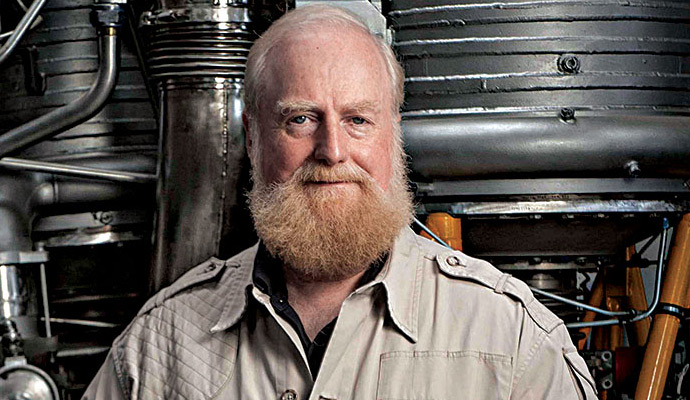I’m often asked what my job title is, and my standard reply is that I don’t have one. If pushed however I use the term ‘serendipity architect.’ Mentioning this phrase is usually a good indicator of the mindset of the person I’m talking to – if they’re open and want to know what the title means, I’m more likely to enjoy working with them.
Some people are dismissive of the term. In my experience those people are likely to be highly operational, and not the type of people that cope well with the inherent ambiguity of long term thinking and the connections to strategy and innovation.
The power of serendipity is acknowledged occasionally in the mainstream business media, like this recent example in McKinsey online:
Serendipity involves stumbling over something unusual, and then having the foresight or perspective to capitalize on it. What makes that such an attractive story? It’s the juxtaposition of seemingly independent things. In a serendipitous flash, one recent winner, an engineering firm, realized that the gear it designed for scallop trawlers could also be used to recover hard-to-get-at material in nuclear-waste pools. Surprising connections such as these set off a chain of events that culminate in a commercial opportunity. So to build this story line, think about the quirky combination of ideas that got you started and remember that serendipity is not the same as chance—you were wise enough, when something surprising happened, to see its potential.
By the way, the entire article is a good read…


